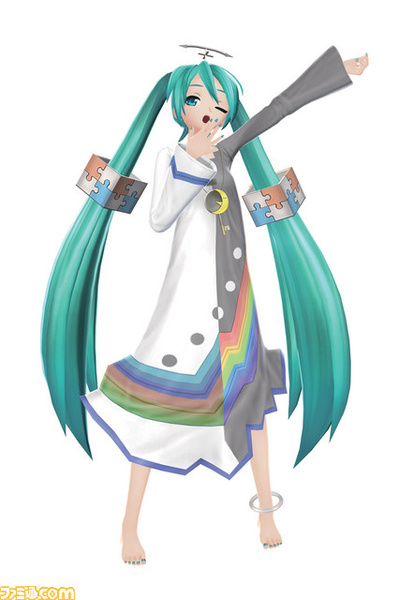

Songs with a white background are part of the initial song pack that comes with the game at purchase.Unlike the first game, the game also featured new songs post-launch via downloadable content. The official site featured list (deemed Initial Song Compilation) of nine songs, as well as one hidden one. The additional "Replay Mode" was later added, allowing players to save a replay of their performance and share it with friends. The game also provided additional Downloadable Content via the In-App Purchases system that would include new songs and seasonal costumes.
#Miku flick 2 store error series#
The game is a spin-off of the Hatsune Miku: Project DIVA series of Vocaloid rhythm games and was released in Japan on Maand internationally on April 9, 2012. The game also included a new "Extreme" difficulty mode, which provided players with a difficulty between that of the "Hard" and "Break the Limit" modes, retained from the original. Miku Flick Miku Flick () is a 2012 rhythm game created by Sega and Crypton Future Media for the iOS operating system for iPhone, iPad and iPod Touch. Unlike its predecessor, the game featured vocaloids other than Hatsune Miku, including Kagamine Rin, Kagamine Len and Megurine Luka as well as duet songs whereby two vocaloids would sing together for a song. The game also retained the "PV Mode" where players can watch the PVs of the various songs. Like the original game, PVs were pre-rendered with graphics of Project DIVA Arcade. Find Your Music Join Hatsune Miku in her latest mobile rhythm game and discover a rich cast of characters overcoming their struggles through the power of. When the indicated lyric reaches the circle, the player had to tap the lyric tile and flick it in the indicated direction.

The lyrics for each song were given above the tiles, and flowed from right to left with a circle on the left. Each of these tiles had a hiragana Lyric on them when indicated, the player is required to flick the tile in the indicated direction. The game retained the primary gameplay of its predecessor, whereby the game had 10 tiles, arranged in a 3x3 grid with the middle column having a 4th tile at the bottom.


 0 kommentar(er)
0 kommentar(er)
